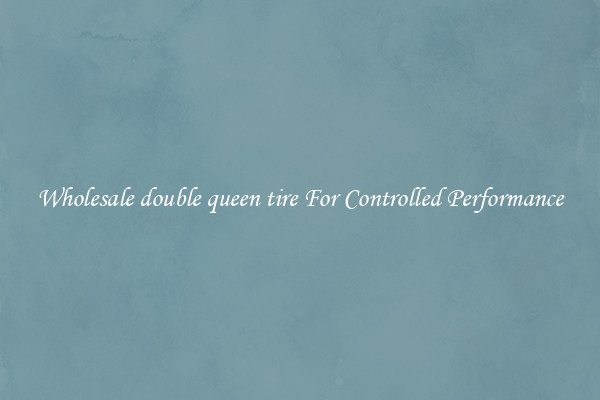Revolutionary car tire comparison For Rallying
Rallying is known for being a challenging and adrenaline-pumping motorsport. With tough terrains, varying road conditions, and high-speed corners, rally cars need to have the best tires to handle the demands of the race. A revolutionary new car tire comparison is changing the game for rally drivers.

In the past, rally drivers had to deal with choosing between different types of tires for different stages of the race. From gravel and tarmac to snow and mud, each type of tire had its strengths and weaknesses. However, with the introduction of a new revolutionary tire comparison, rally drivers can now have the best of both worlds.
The new tire comparison system allows drivers to select a tire that can handle all types of terrains and conditions. This means that they no longer need to change tires between stages, saving them valuable time and ensuring they have the best grip and handling throughout the race.
One of the key features of these revolutionary tires is their durability. Rally drivers often face harsh conditions that can easily damage tires, leading to punctures and loss of grip. With these new tires, drivers can rely on their durability to keep them going, no matter what the terrain throws at them.
Another advantage of these revolutionary tires is their superior grip. With a specially designed tread pattern and compound, these tires provide maximum grip on all surfaces, allowing drivers to push their cars to the limit and take on the toughest corners with ease.
Furthermore, these tires also offer improved handling and stability. With a focus on precision and control, drivers can trust these tires to deliver a smooth and stable performance, even in the most challenging conditions.
Overall, this revolutionary tire comparison is changing the game for rally drivers. With its durability, grip, handling, and stability, these tires are setting a new standard for rally racing. Drivers can now focus on their driving skills and strategy, knowing that they have the best tires to support them in their quest for victory.

View details

View details

View details

View details







